This post is part of a series highlighting innovative strategies and tools designed to help increase and diversify the supply of quality rental housing in opportunity and priority reinvestment areas. Over the course of 2017, Brookings Metro convened a Community of Practice on Regional Housing Solutions, with help from BRIcK Partners, bringing together a diverse array of partners from the Baltimore, Chicago, Kansas City, and Minneapolis-Saint Paul regions to share best practices, troubleshoot common challenges, and develop policy solutions that increase access to opportunity through regional housing efforts.
Like most public sector funders, Minnesota Housing, the state’s housing finance agency, strives to make sure that our limited resources encourage housing developers and other private sector partners to address both state and local priorities. One unique challenge for a state is creating a fair system and a timely process that works across vast geographies with diverse housing interests. The goals and needs of Greater Minnesota, for example, are quite different from those of the Minneapolis-Saint Paul metropolitan area. And even within the Twin Cities, needs differ across core cities and exurban communities.
Last year, I attended a convening of Brookings’s Community of Practice on Regional Housing Solutions. There, I shared information on Minnesota’s Consolidated Request for Proposals, which is an initiative that brings together multiple funding partners to advance state and regional housing priorities. In the last three years, the Consolidated Request for Proposals (RFP) has dedicated $298.9 million in investment from Minnesota Housing and partners, resulting in $883 million in housing development activity for the creation or preservation of 5,074 affordable housing opportunities.
The Consolidated RFP was created in 1994 to provide “one-stop shopping” by consolidating and coordinating multiple housing resources within a single application process. In addition to Minnesota Housing, partner funders include the Metropolitan Council, Minnesota Department of Employment and Economic Development (DEED), Greater Minnesota Housing Funding (GMHF), and Metro Housing and Redevelopment Authority (Metro HRA). We also partner with other county and city funders who do not have resources in the Consolidated RFP to ensure that we understand their policy and funding priorities. This system provides a number of benefits:
-
- Applicants can apply for resources without having to pick and choose between funding sources or spend extensive time researching and understanding each funding program. This means that they do not have to anticipate all the types of requests for proposals that might come into the competitive process every year. Instead, applicants request funding for a specific development or activity, and Minnesota Housing, along with its funding partners, structures the available resources to meet a wide range of housing needs, policy objectives, and community priorities. This also gives funders more than one way to approve an application. For example, a development that might not otherwise happen due to the fierce competition for 9 percent tax credits might be supported for funding using 4 percent credits or other sources.
- Funding partners can draw on each other’s strengths to ensure that the developments we support meet community needs. Minnesota Housing provides robust underwriting for developments and data analysis that might not otherwise be available to our funding partners. Similarly, our partners have other sources of data and local knowledge that they bring to the decisionmaking process. Met Council, for example, utilizes regional metrics to assess whether communities are planning for future housing needs and provides important insights into development proposals through its relationships with local communities.
- Because the funder collaboration limits how long developers wait on each funding process and how long funders wait on each other, a consolidated process can speed up the pace of housing development approvals.
While these benefits have created greater efficiencies, the Consolidated RFP process has challenges as well, and is in a constant state of refinement and change as needs and priorities are constantly shifting at the federal, state, regional, and local levels. For example, we are currently developing strategies to absorb the challenges of lower tax credit pricing, to anticipate changes that may come from financial reform, and to strategize about new needs in our communities, such as the loss of unsubsidized affordable housing. Internally, we are working to make the application process easier for our development partners and to make information sharing easier for our funding partners.
Finally, collaboration takes work, which is particularly true when it spans different geographies and organization types. Strong communication and a clear understanding of the abilities and restrictions of each partner help maintain a strong alliance. In addition, a shared commitment to the regional goals of creating housing choices in communities that are near good schools, good jobs, and good transit cements the initiative.
The Consolidated RFP is a process with a track record of success that allows funding for affordable housing to be more efficient, collaborative, and to advance diverse regional goals statewide. As community needs and priorities continually shift in an uncertain financial environment, the Consolidated RFP helps us build consensus around how we adapt, regardless of what the future holds. While the system as it currently stands took over 20 years to develop, it has become a replicable way to ensure that resources for affordable housing get where they need to be.
For more information about developments funded through the Consolidated RFP, view summary catalogs from 2015, 2016, and 2017.
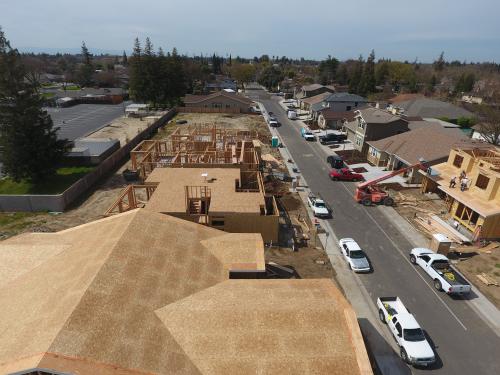
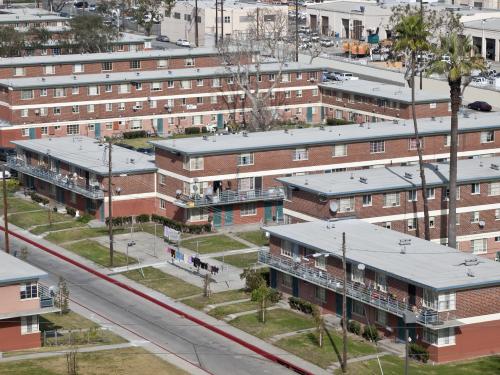
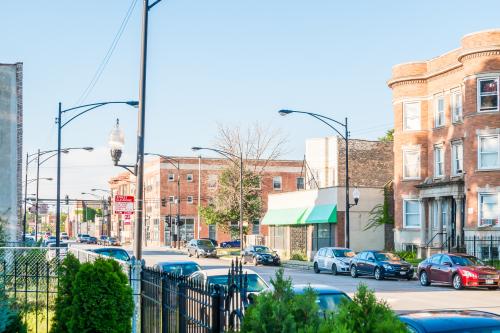

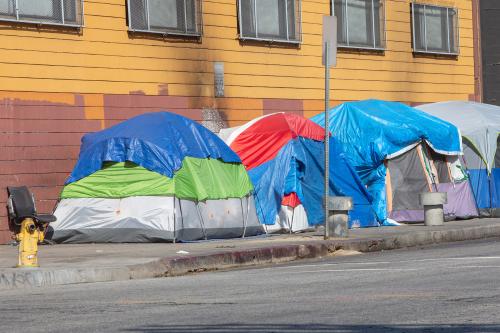
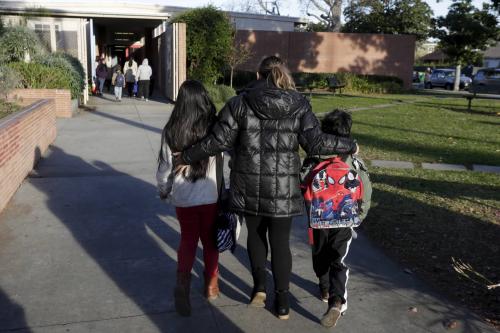
Commentary
The state’s role in financing regional housing priorities: Minnesota’s Consolidated RFP
Tuesday, April 17, 2018